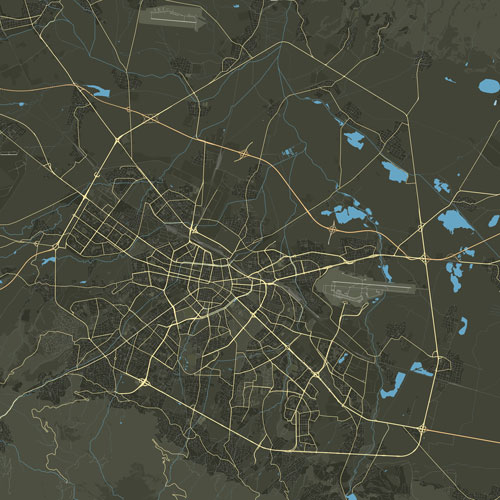Banishora:
Banishora is a neighborhood situated in the northwestern part of Sofia, in the Serdika district. It is bordered by Vladaiska Reka and Slivnitsa Blvd. to the south, Knyaginya Maria Luiza Blvd. and Skopje St. to the north, Hristo Botev Blvd. to the east, and Gabrovo St. to the west. This area is in close proximity to the Central Railway Station and the Central Bus Station.
Landmarks and Significant Buildings:
– Church “St. Andrei Parvozvani”: Built in 1926 in honor of Bulgarian militiamen.
– Central Sofia Prison: A significant public building in the neighborhood.
– 5th Multi-specialty Hospital: Providing active treatment.
– “Nadezhda” Trolleybus Transport Depot: Part of Sofia’s public transportation system.
Architecture:
– Predominance of high-rise construction, including monolithic, EPK, and large-panel buildings (series Bs-VIII-Sf and Bs-69-Sf).
History:
– Early Records: One of the earliest records of Banishora dates back to 1550, mentioning a bridge named “Bagnasol.”
– Ottoman Period: The name “Banishora” is found in Ottoman documents from the 16th century. The region was known for vineyards in the 17th century.
– Ancient Fortifications: Felix Kanitz traced remains of the outermost wall of Sofia in 1871, mentioning “Banishor bair” with the “Yaudi tabiya” corner tower. This fortification was built on even older foundations, representing an ancient city area with corner towers.
– Meaning of the Name: The name possibly means slow-flowing water or a bath with a slow-flowing spring.
Demographics:
– Population of approximately 4500 people.
– Ethnic Structure: Bulgarian population prevails (85%), followed by Gypsies (10%), Turks (3%), Armenians, and others (2%).
– Negative natural increase observed for the past 10-15 years, with a recent increase in the number of newborns.
– Diverse ethnic structure with a significant Bulgarian majority.
Historical Notes:
– One of the earliest records of “Banishora” is from the 16th century.
– “Banishora Mahala” mentioned in the Boyan royal monument.
– In 1891, the Princess Clementine International Catholic Hospital was built in the neighborhood, currently used by Peta MBAL.
This provides a brief overview of Banishora, its landmarks, architecture, history, and demographics. Let me know if you need more specific information.

